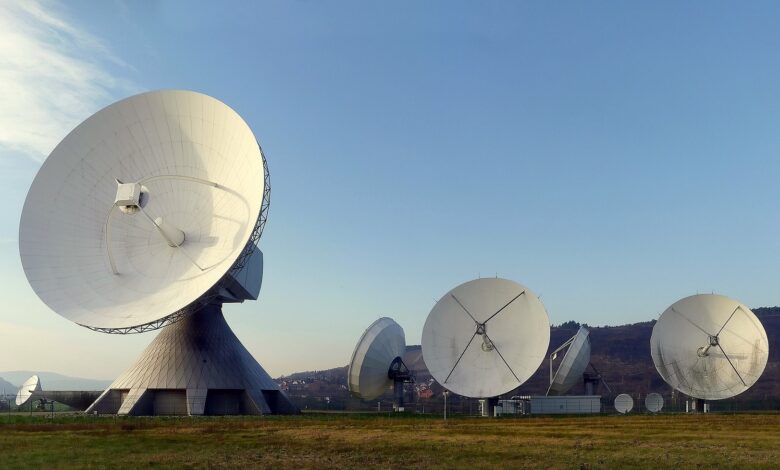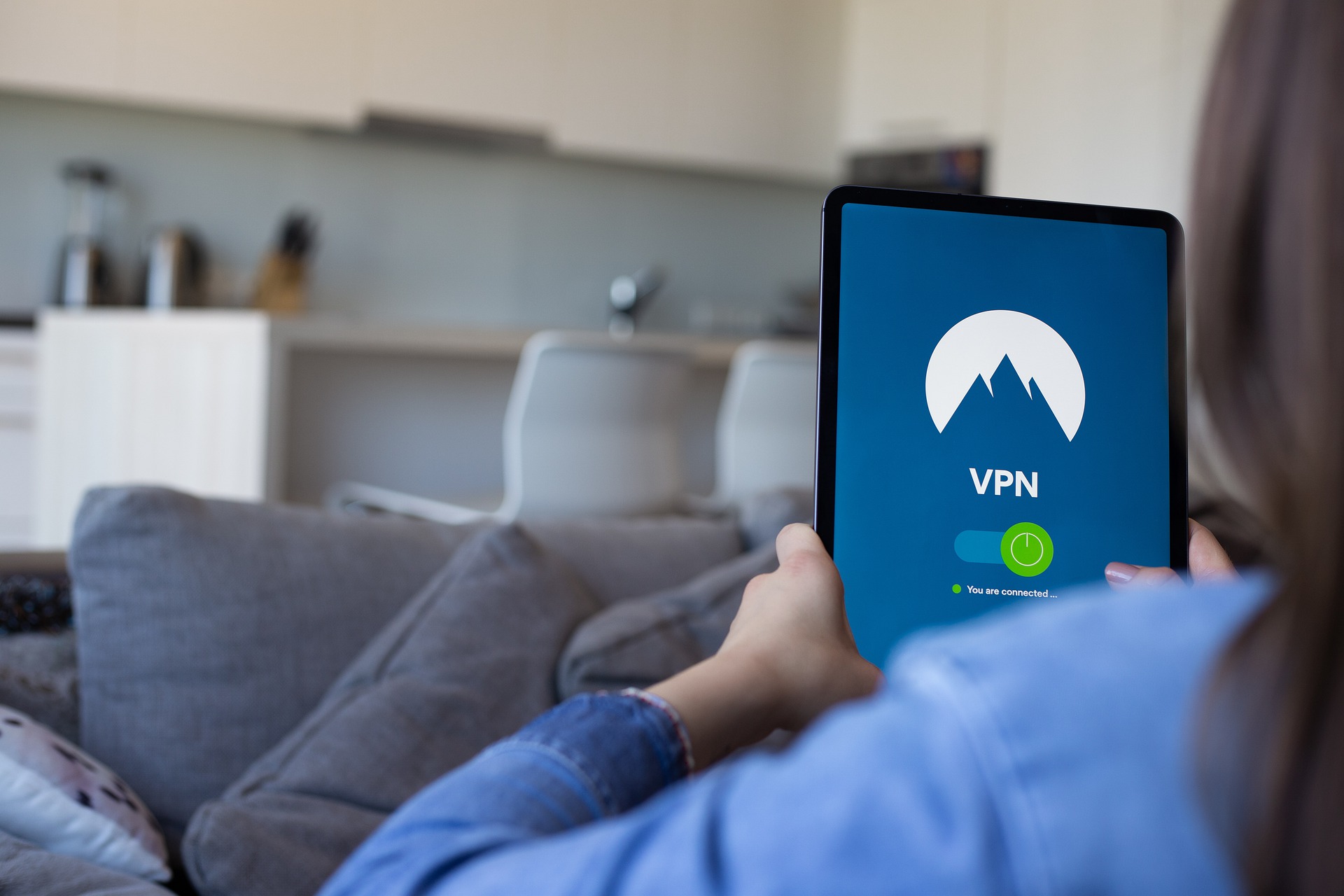Smart TV Testing – What You Need To Keep In Mind

The design and development stages of building apps for Smart TVs require developers to account for all device features, performance, and nuances. It is the same for Smart TV automation testing. However, due to the many manufacturers, things become more complicated when the hardware and software differ. Each new model and series comes with a yearly replacement or hardware and software update: these differences impact the application performance and behavior of the software.
While app testing on Smart TVs, it is essential that you are aware of or have information on the supported features of each model group. Support features can change yearly for every device made by the same manufacturer, so keep that in mind! Because testing is platform-specific and only a few testers have experience testing media, Smart TV testing is more challenging than testing mobile apps.
Here are a few ways to ensure you succeed in your Smart TV app testing efforts.
Table of Contents
Avoid Emulators
Due to the logistical difficulties of arranging Smart TVs and their various models, developers prefer emulators.
However, only some Smart TV platforms support emulators, and those that support them perform poorly – which is a significant issue regarding testing.
Follow Platform Store Guidelines
TV platforms have set recommendations to assist developers and testers in validating the application before submitting it to a store. These platforms use these standards to verify apps that organizations submit to the store.
Following the platform rules while testing a Smart TV app minimizes the likelihood of rejection by up to 50%.
Network Scenarios
The app primarily functions without issue in a typical network environment. But occasionally, it can exhibit surprising behavior, especially when the network is weak or unavailable. When this happens, the app may crash, corrupt the database, close abruptly, damage the links and images, and ruin functionality.
You should include the following scenarios for testing smart TV networking:
- The user should see a suitable error message if there is no network.
- There should be a retry option in the error message.
- A key component of a smart TV is video streaming. Testing internet scenarios, such as continuing video streaming after a network outage, is crucial.
- Ensure your app leaves a notice on the Splash screen in the event of a network failure.
- On 2G networks, the app ought to function flawlessly.
Resolution Changes
A program may run well on one resolution while freezing on another when it supports multiple resolutions. CSS is one of the reasons for this problem since developers write it in EM or pixels. Since most TVs don’t support pixel CSS, the development team must take great care.
Competitor App Comparisons
Testers and developers must be aware of the features, functionality, user interface, and capabilities of Smart TV because it is a new field. You should examine the features and Smart TV test automation capabilities of rival apps or native programs for the platform. Comparing apps enables you to analyze various issues and scenarios. Testers must confirm the platform’s limitations using either developer documentation or previously developed apps because each platform has its unique behavior.
Focus on UI
Because platform behavior may result in certain design variations, testers for Smart TVs must eventually choose and implement a workable solution. This adjustment will require them to think like designers.
In contrast to mobile apps, smart TV apps cannot add numerous capabilities. Smart TVs can only offer the bare minimum of functionality that require the fewest user inputs.
Video / Audio Streaming
The ability to stream videos is what makes Smart TVs so appealing. Therefore, you should thoroughly test each streaming-related scenario, such as:
- Enabling users to resume video streaming once the internet is back online.
- Ensuring the app is accurately syncing audio and video.
- Enabling users to fast-forward and rewind at will.
- Users can have an active screensaver while playing videos.
Development teams must create apps that put the users’ interests first to ensure user satisfaction. Although the creation of Smart TV applications is still a young field, numerous players are investigating it to give customers a seamless digital experience. In these circumstances, testing becomes crucial and essential to success in the Smart TV market.
Conclusion
The transition from mobile devices to Smart TVs might be intimidating, whether you’re an experienced Quality Assurance Engineer or a novice at testing applications. This challenge is due to the fact that there is always something new on the horizon. Whether it is a new device or a new model, progress is constant. Additionally, device size, changes in UI and UX principles, and technical discrepancies can also cause uncertainty.
However, with Smart TV testing, you can meet all these challenges. Smart TV testing will help you build high-performance apps that meet all the requirements users set. HeadSpin provides users with a platform that helps them meet their Smart TV testing needs. You can test Smart TV apps, voice activation, and DRM-protected content to help you monitor and measure user experiences. Reach out!





